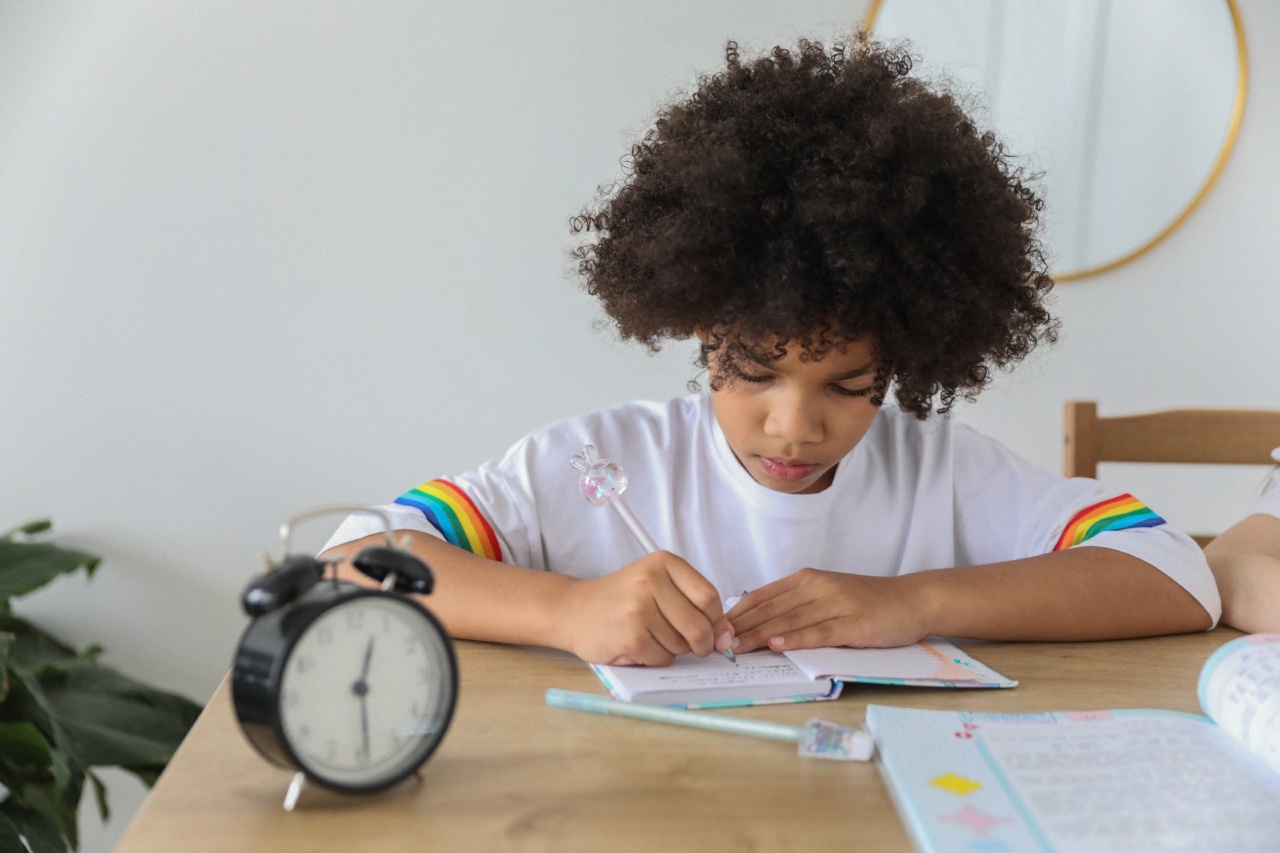Childhood trauma refers to a distressing event or series of events that a child experiences, causing long-lasting psychological and emotional effects.
These traumatic experiences can range from physical, sexual, or emotional abuse to neglect, loss, or witnessing violence. Childhood trauma can have a profound impact on a child’s development and overall well-being. It is crucial to recognize and manage the symptoms of childhood trauma to help children heal and thrive.
Recognizing Symptoms of Childhood Trauma
Children who have experienced trauma may exhibit various symptoms that can manifest in different ways. It is important to look out for the following signs:.
1. Emotional Symptoms
Children may display intense and overwhelming emotions, including anxiety, depression, fear, anger, guilt, or shame. They may struggle with regulating their emotions, leading to frequent outbursts or emotional withdrawal.
2. Behavioral Symptoms
Childhood trauma can also affect a child’s behavior. They may exhibit aggression, impulsivity, self-harm, destructive behavior, or excessive risk-taking.
They might have difficulty concentrating, experience sleep disturbances, or show signs of regression, such as bedwetting or thumb-sucking.
3. Cognitive Symptoms
Children who have experienced trauma may develop cognitive difficulties, including problems with attention, concentration, memory, and learning. They may have a negative self-image, struggle with self-esteem, and exhibit distorted thinking patterns.
4. Social Symptoms
Childhood trauma can impact a child’s ability to form healthy relationships and establish trust. They may exhibit withdrawal from others, have difficulty with social interactions, or display avoidant behaviors.
They might also struggle with boundaries and exhibit excessive dependency or detachment.
5. Physical Symptoms
Physical symptoms may also manifest in children who have experienced trauma. These can include headaches, stomachaches, digestive issues, fatigue, changes in appetite, or sleep disturbances.
Healing and Managing Childhood Trauma Symptoms
Managing childhood trauma symptoms requires a multi-faceted approach that focuses on providing support, therapy, and creating a safe and nurturing environment for the child. Here are some strategies to help children heal:.
1. Create a Safe and Stable Environment
Children who have experienced trauma need a stable and secure environment to foster healing. It is important to establish routines, consistency, and clear boundaries. Providing a safe physical and emotional space helps children feel secure and supported.
2. Encourage Open Communication
Encourage children to express their feelings and emotions openly and non-judgmentally. Create a safe space for them to share their experiences and thoughts.
Listen attentively and validate their emotions, letting them know it is safe to express themselves.
3. Seek Professional Help
Consulting with mental health professionals specializing in childhood trauma is crucial for managing and treating trauma symptoms.
Therapists, counselors, or psychologists can provide appropriate interventions, such as trauma-focused therapy, play therapy, or cognitive-behavioral therapy, to help children process their traumatic experiences.
4. Foster Healthy Relationships
Building positive relationships with caring and supportive adults is vital for children who have experienced trauma. Encourage healthy attachments with parents, caregivers, or trusted individuals who can provide emotional support and role modeling.
5. Teach Coping Mechanisms
Teach children healthy coping mechanisms to manage their emotions and deal with stress. These can include deep breathing exercises, engaging in creative activities, practicing mindfulness, journaling, or participating in physical activities they enjoy.
6. Encourage Self-Care
Promote self-care activities that support emotional well-being and resilience. Encourage children to engage in activities they find enjoyable and fulfilling, such as hobbies, sports, or spending time with pets.
7. Develop a Safety Plan
In collaboration with mental health professionals, create a safety plan with the child. This plan should outline strategies for self-soothing, identifying triggers, and seeking help when needed.
Rehearse and review the plan regularly to give the child a sense of control and preparedness.
8. Limit Exposure to Triggers
Minimize exposure to situations or stimuli that may trigger traumatic memories or distress.
Be mindful of the child’s sensitivities and gradually introduce them to potentially challenging situations, ensuring they feel supported and safe throughout the process.
9. Engage in Play-Based Activities
Play therapy can be highly beneficial for children with trauma. Engaging in play-based activities, such as drawing, storytelling, or using toys, allows children to express their emotions and experiences in a non-threatening and creative way.
It also helps them process trauma at their own pace.
10. Practice Self-Compassion
Encourage children to practice self-compassion and understanding. Teach them that experiencing trauma is not their fault and that they deserve love, care, and support. Foster a positive self-image and promote self-esteem.





























